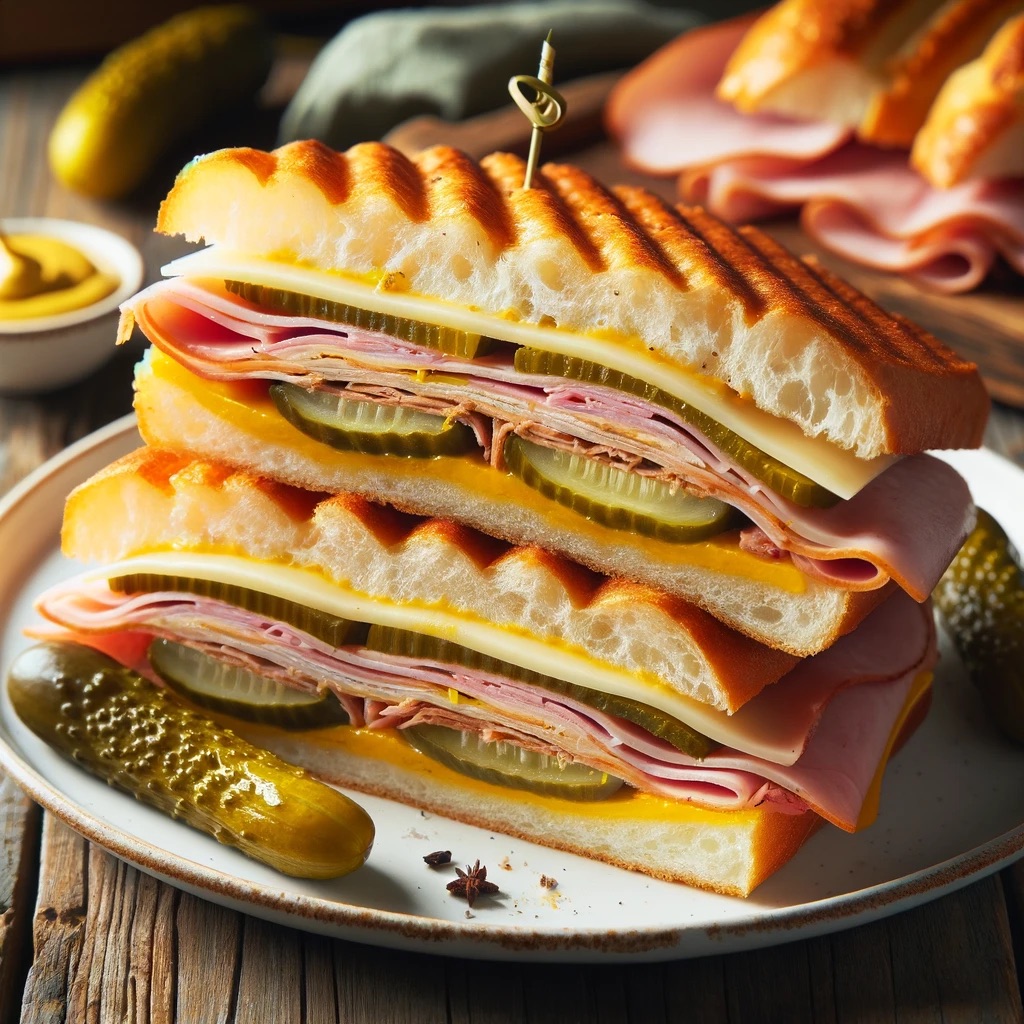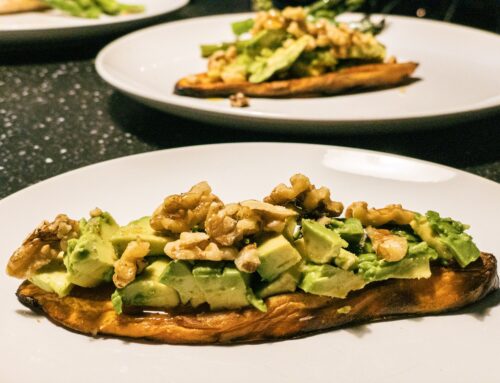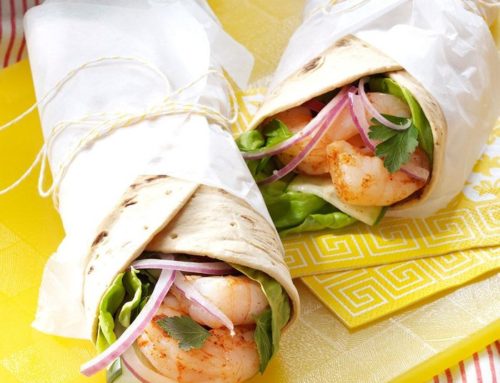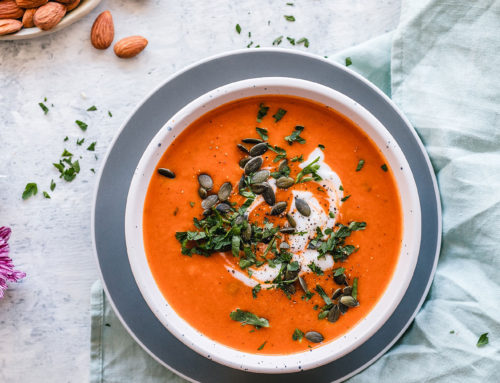
The Cuban sandwich, a delectable icon of culinary fusion, tells a story of migration, tradition, and the melding of cultures. Its journey from a simple snack for cigar factory workers to a beloved staple in the U.S. is as rich and layered as the sandwich itself.
Origins and Evolution
The roots of the Cuban sandwich are planted firmly in the late 1800s to early 1900s, in Cuba, where it began as a straightforward combination of ingredients readily available to workers in cafes and bars. Its original composition—pork, ham, cheese, and bread—was a quick, filling meal that could be easily assembled. However, as Cuban immigrants settled in Key West and later Ybor City, Tampa, the sandwich began to evolve, taking on new dimensions and ingredients that reflected the local influences, including the addition of salami in Tampa, influenced by the Italian community there.
In Miami, the sandwich shifted again, mirroring more closely the flavors favored in Cuban cuisine—minus the salami but with a strong emphasis on the quality of the pork and the authenticity of the Cuban bread. What all variations shared, though, was a hearty embrace of the Cuban approach to roasting pork, a practice that underscores the sandwich’s cultural significance.
Cultural Significance
More than just a quick meal, the Cuban sandwich serves as a testament to the Cuban diaspora’s impact on American cuisine. It symbolizes how food can bridge different heritages and customs, creating entirely new traditions that span generations. Each bite is a reminder of how food preserves historical and cultural identities, even when those identities have blended into new communities.
The Recipe
Creating an authentic Cuban sandwich involves a few essential components: Cuban bread, roasted pork, ham, Swiss cheese, pickles, and mustard. Here’s how you can make your own:
Gather:
1 loaf of Cuban bread (substitute with a French baguette if Cuban bread is unavailable)
8 oz roasted pork, thinly sliced
8 oz ham, thinly sliced
Swiss cheese slices
Dill pickles, thinly sliced
Yellow mustard
Butter, for grilling
Make:
1. Prepare the Bread: Cut the loaf of bread horizontally. Spread mustard on both halves of the bread.
2. Layer the Ingredients: On the bottom half, layer the ham, roasted pork, Swiss cheese, and slices of pickle.
3. Assemble the Sandwich: Place the top half of the bread on the sandwich.
4. Grill the Sandwich: Heat a pan or griddle over medium heat. Butter the outside of the bread. Place the sandwich in the pan, pressing down with a heavy skillet or sandwich press.
5. Cook to Perfection: Grill the sandwich until the bread is crispy and the cheese has melted, about 3-5 minutes per side.
6. Serve: Slice the sandwich diagonally and serve hot.
The magic of the Cuban sandwich lies in its simplicity and the quality of its ingredients. The crispy, buttery bread encases the melding flavors of pork, ham, and cheese, all brought to a sharp delightful point by the pickles and mustard.
The story of the Cuban sandwich is a delicious narrative of cultural convergence and culinary innovation. As much as it is a record of ingredients and techniques, it is a testament to the enduring influence of Cuban culture in America. Each sandwich is not just a meal, but a mosaic of histories, each bite a testament to a journey that spans over a century.
The Cuban sandwich continues to evolve, reminding us that food is often our first encounter with a culture different from our own. It invites us to explore further, one savory layer at a time.




